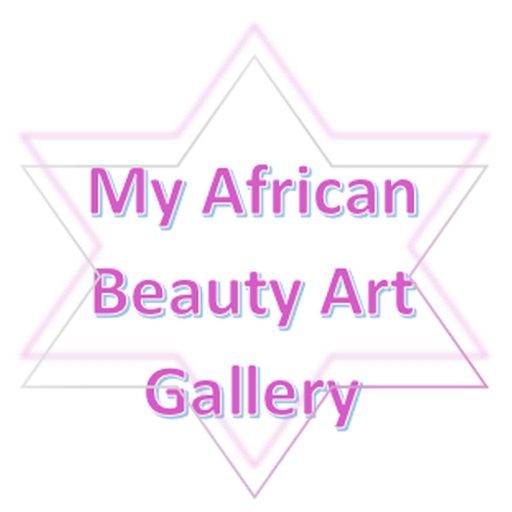WOYO
TYPES OF ART
Woyo sculpture shows the influence of their Kongo neighbors, while remaining stylistically distinct. Numerous types of figural sculptures, which are used in religious ceremonies are carved from wood. Many are painted, and all are adorned with leaves and feathers when used in ceremonies. The Woyo also carve various utilitarian objects, including pot lids, which serve as an ingenious means of communication between husband and wife.
HISTORY
Sometime prior to the 15th century, Queen Nwe led her people, who were to become the Woyo, away from the Congo River cataracts to the general vicinity of their current location. This first dynasty was destroyed when the neighboring KiKongo king permitted his troops to invade and plunder Woyo communities. It was the King of the Kongo’s sister who founded the second Woyo dynasty. During the 17th century the Woyo tried to expand northward, but were stopped before the Congo River by the Solongo. As disease, drought and slaving enveloped the region in the 18th century, the royal power of the Queen witnessed a gradual decline. Extended families instituted a more egalitarian system of rule.
ECONOMY
Living along the coast allows the Woyo to depend on the sea for much of their food. Men fish in the ocean, collect coconuts, and make palm wine. They also practice some hunting and do most of their own smithing. Women also fish, mostly in local ponds. They contribute significantly to the local economy, farming corn, manioc, bananas, beans, and pineapple. Surplus food is often traded to inland neighbors for profit under the supervision of local lineage heads from individual villages.
POLITICAL SYSTEMS
Woyo political leaders, who are selected based on their individual abilities, are usually directly descended from the family line of the original Woyo founders. Many of those associated with Woyo religion, such as priests and diviners, are also representatives of this noble line, as are blacksmiths and sculptors. There are many who live in Woyo communities who are not related to royalty. Those who migrated into the area are considered freemen, and are permitted to hold land.
RELIGION
The Woyo observe the supreme deity Nzambi Mphungu who is rarely represented and is almost never receives prayers. Instead, they pay tribute to local deities known as nkisi, and various river spirits, or itobo. The Woyo believe in both sorcery and witchcraft, and particular respect is given to priests and diviners who are able to uncover this type of anti-social behavior. Fire and poison ordeals are employed to determine the guilt of those accused.

